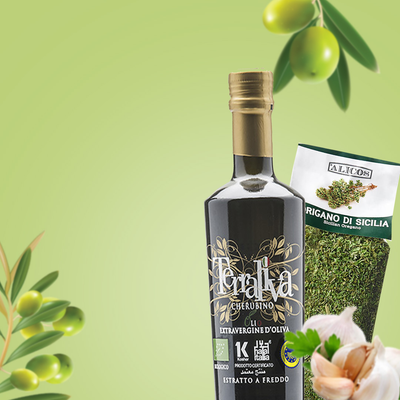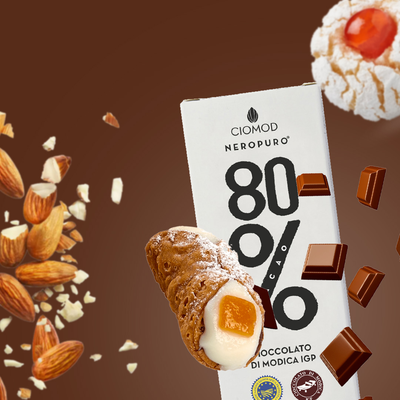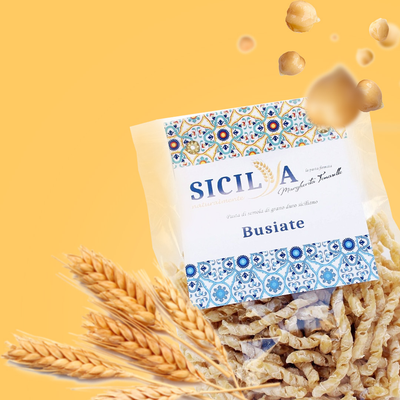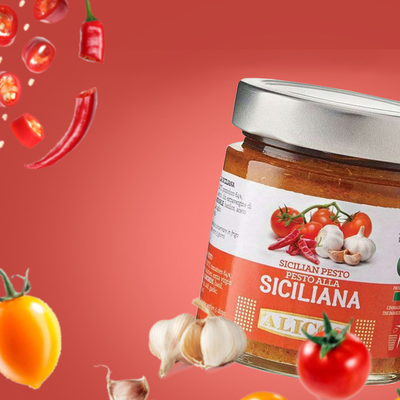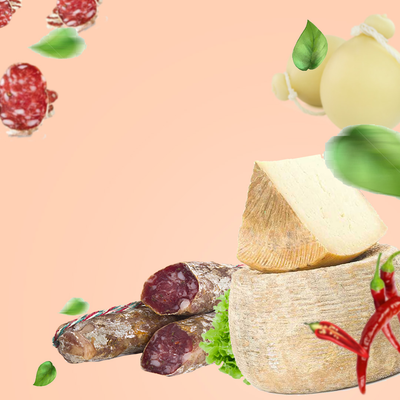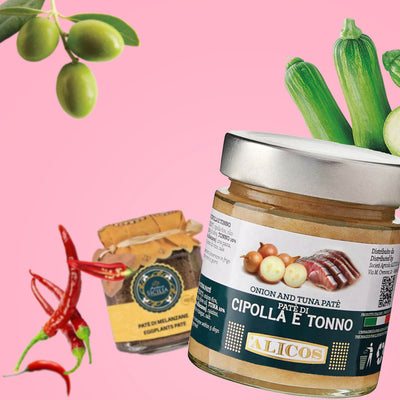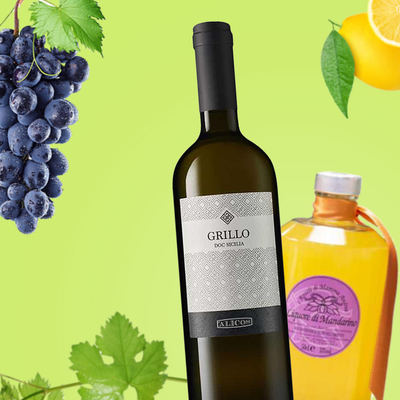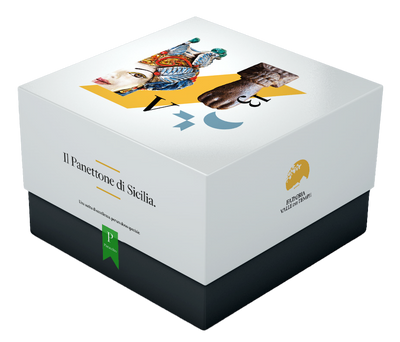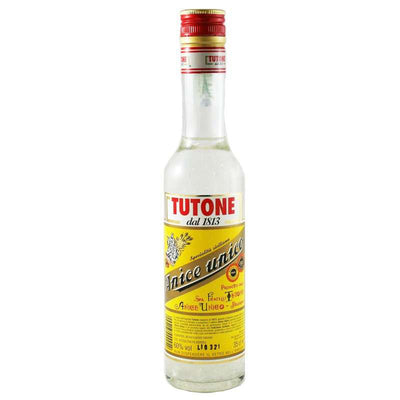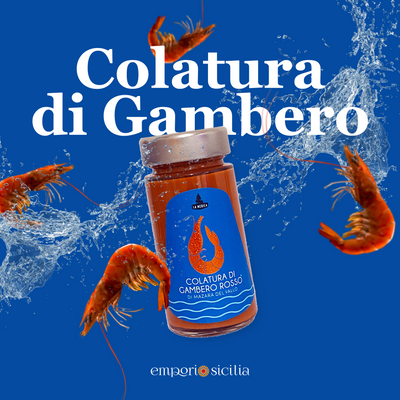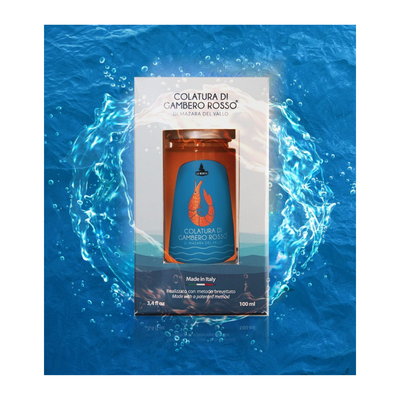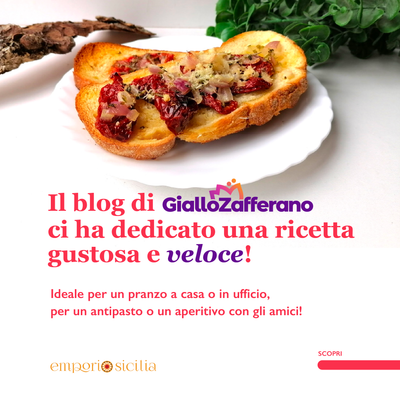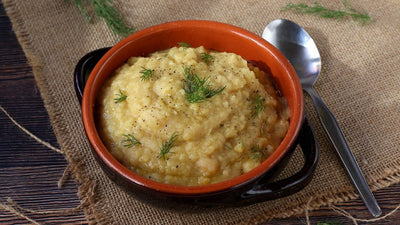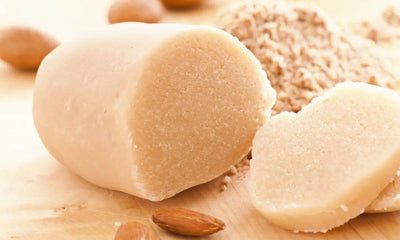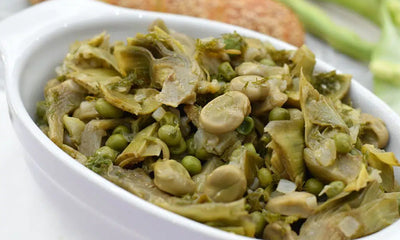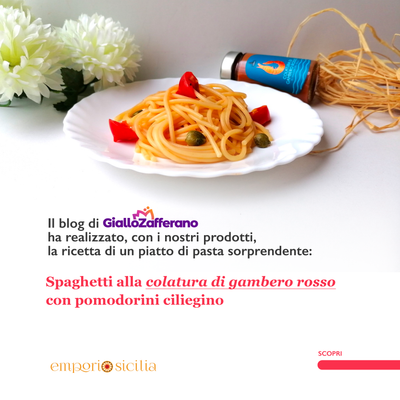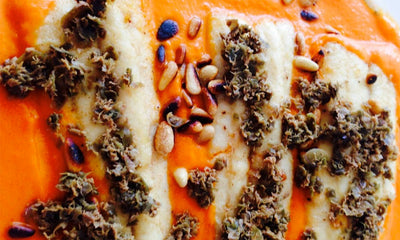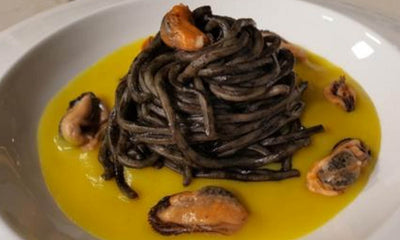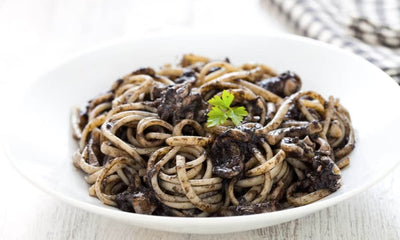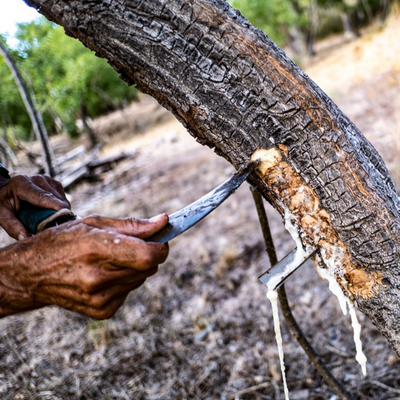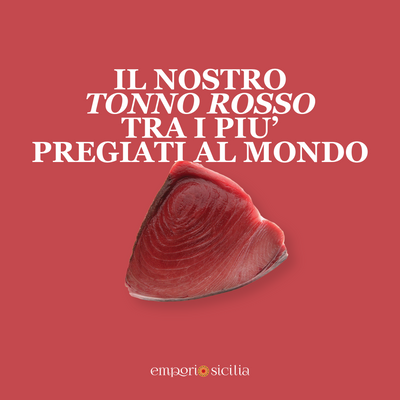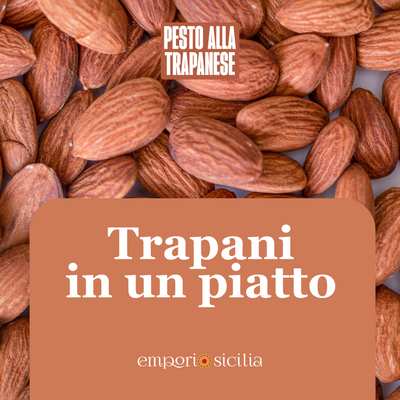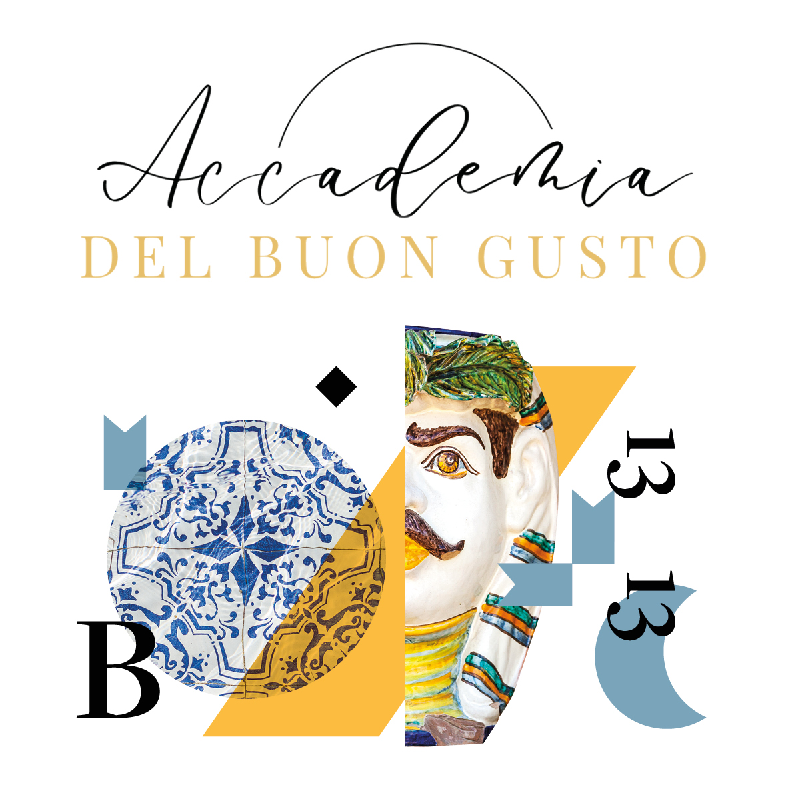Cassata is the Sicilian dessert par excellence. Despite the apparent simplicity of the recipe, there are countless local variations that stand out for the typicality of the various recipes: the Palermo variant, the Messina variant (less sweet), the Catania one, the Trapanese one, the Nissena one and the Siracusana one (which stands out for the presence layers of sponge cake and the absence of icing.
Telling the story of cassata means telling the story of Sicily itself. Even before the Romans there was talk of a dessert prepared by mixing ricotta with honey. The term cassata derives from "cashed" or also from the Arabic "qas'at" or upside down bowl.
Since the classical age of the Greco-Roman period, the term "caseatus" has repeatedly been used to indicate a dessert with ricotta. In 827 the Arabs arrived in Sicily and brought sugar and also the art of candying, so the ricotta, traditionally made from sheep, was sweetened with sugar and no longer with honey, was enriched with the scent of cinnamon and was colored with candied fruit. In 998 it was mentioned during the reign of Emir Yussuf.
When the Spanish arrived in Sicily at the end of the 15th century, they introduced sponge cake.
In 1785 the cassata viniva was identified as a "kind of cake made of ricotta sweetened with sugar with a layer of dough also sweetened and of a round shape. The cassata is considered an Easter cake of the monastic convent type since its round shape recalls that of the sun and also because the nuns have produced it in the convents for centuries.Tradition says that in 1575 the bishop of Mazara prohibited the nuns from producing cassata because this intense activity distracted them from the prayers of the Holy Week rites.
The form of the cassata took on its current one in 1860. During an international event in Vienna, and from that moment on it was called "Sicilian cassata".
This is thanks to the master pastry chef from Palermo, the knight Salvatore Gulì, on that famous occasion he created this superb dessert which is composed of two discs of sponge cake with sweetened ricotta in the middle, surrounded by rectangles of sponge cake alternating with rectangles of dough of pistachio almonds (the royal paste), covered with sugar icing and candied fruit in the production of which he specialized.
The external appearance can vary from a simple decoration of icing and a bit of candied orange peel to an opulent baroque construction with colored beads and half a dozen different candied fruits.
Again according to local variations, there may be additional ingredients, such as pistachios, pine nuts, chocolate, cinnamon, or orange blossom water . An ancient Sicilian proverb reads: "Tintu è cu nun mancia a cassata a matina ri Pasqua" ("Mean are those who don't eat cassata on Easter morning")



